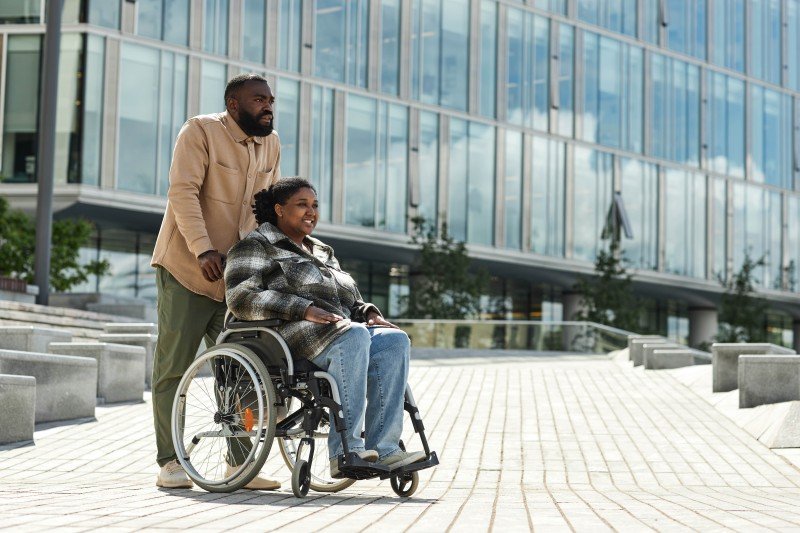Navigating the World of Mobility Scooters: A Comprehensive Guide
In a period where mobility is progressively acknowledged as an essential aspect of lifestyle, the demand for assistive devices has risen. Among these, mobility scooters stick out as a versatile and empowering alternative for people with mobility challenges. This detailed guide dives into the world of mobility scooters, offering insights into their types, advantages, purchasing factors to consider, and upkeep pointers.
Comprehending Mobility Scooters
Mobility scooters are motorized vehicles developed to help individuals with mobility concerns in moving around more easily and separately. They are especially useful for those who discover walking tough due to conditions such as arthritis, multiple sclerosis, or post-surgical healing. Unlike mobility scooter for sale cheap , mobility scooters require minimal physical effort, making them an exceptional choice for extended use.
Kinds Of Mobility Scooters
Three-Wheel Scooters
- Pros: More maneuverable, lighter, and simpler to keep.
- Cons: Less steady on rough terrain.
- Best For: Indoor and smooth outside surface areas.
Four-Wheel Scooters
- Pros: More stable, better on rough terrain, and can bring much heavier loads.
- Cons: Bulkier and less maneuverable.
- Best For: Outdoor usage, particularly in parks and on irregular surface areas.
Portable Scooters
- Pros: Lightweight, collapsible, and easy to transport.
- Cons: Limited variety and speed.
- Best For: Travel and occasional usage.
Heavy-Duty Scooters
- Pros: Built to deal with heavier users and rugged environments.
- Cons: More pricey and less portable.
- Best For: Users over 300 pounds or those who require to navigate rough surface.
Standing Scooters
- Pros: Provide a standing position, which can be beneficial for users who can not sit for extended periods.
- Cons: Limited stability and variety.
- Best For: Users who choose standing and need short-distance support.
Advantages of Mobility Scooters
Boosted Independence
- Mobility scooters allow users to take a trip longer ranges without fatigue, enabling them to take part more completely in daily activities and social events.
Improved Safety
- With features like seat belts, anti-tip wheels, and brake systems, mobility scooters provide a much safer alternative to manual wheelchairs and walking help.
Comfort and Support
- Adjustable seats, back-rests, and armrests guarantee a comfortable ride, lowering the stress on the user's body.
Cost-Effective
- While the initial financial investment can be considerable, mobility scooters are often more affordable in the long run compared to frequent taxi rides or specialized transport services.
Social Inclusion
- Mobility scooters facilitate greater social interaction by making it possible for users to engage in neighborhood activities and preserve a more active lifestyle.
Aspects to Consider When Buying a Mobility Scooter
User Needs and Abilities
- Assess the user's physical condition, mobility requirements, and day-to-day activities to identify the most suitable kind of scooter.
Size and Weight Capacity
- Guarantee the scooter can accommodate the user's size and weight comfortably and securely.
Range and Speed
- Consider the common distance and speed required for everyday usage. buying mobility scooter have a range of up to 30 miles on a single charge.
Mobility
- If travel is a concern, choose a portable scooter that can be easily disassembled and transported.
Maintenance and Support
- Choose a reliable manufacturer that provides trustworthy customer care and maintenance support.
Budget
- Set a budget plan and explore alternatives that use the very best value for cash. Think about funding choices and possible insurance protection.
Maintenance Tips for Mobility Scooters
Routine Cleaning
- Tidy the scooter frequently to avoid dirt and particles from affecting its performance. Use a soft fabric and moderate cleaning agent.
Battery Maintenance
- Follow the maker's standards for battery charging and upkeep. Regularly check the battery level and prevent deep discharges.
Tire Inspection
- Examine the tires for wear and proper inflation. Change or repair as required to guarantee a smooth and safe ride.
Lubrication
- Oil moving parts such as the chain and gears to minimize friction and prevent wear.
Expert Servicing
- Set up regular professional maintenance to deal with any problems and ensure the scooter remains in optimum condition.
Frequently Asked Questions About Mobility Scooters
Are mobility scooters covered by insurance coverage?
- Some insurance coverage plans, consisting of Medicare, may cover the expense of mobility scooters under certain conditions. Talk to your provider for specific information.
Can I use a mobility scooter indoors?
- Yes, many mobility scooters are developed for both indoor and outside usage. Ensure the scooter is ideal for the kind of surfaces you will be navigating.
How quick can mobility scooters go?
- The speed varies by design, however most mobility scooters have an optimal speed of 4 to 8 miles per hour.
Do I require a license to operate a mobility scooter?
- In most nations, a license is not needed to run a mobility scooter. However, it is very important to follow local policies and traffic laws.
Can I travel with a mobility scooter?
- Numerous mobility scooters are designed to be portable and can be dismantled for travel. Talk to airlines and transportation suppliers for particular requirements.
Mobility scooters are a transformative tool for people with mobility difficulties, providing a blend of self-reliance, safety, and comfort. By understanding the various types of scooters, thinking about essential purchasing aspects, and following upkeep best practices, users can make the most of their mobility scooter and lead a more active and satisfying life. Whether for day-to-day commutes or leisurely getaways, a well-chosen mobility scooter can be an important buddy on the journey to improved mobility and quality of life.

